- No products in the cart.
Warfarin Valium 2.5 mg 50 pieces of ozone
Etamsylate Injection 125mg / 2ml amp ml 10 units
$2.49
Heparin solution and / I / / n / k 5000me / ml 5ml vial 5 pcs
$15.99
$1.48
Warfarin Valium 2.5 mg 50 pieces of ozone
Description
Composition
Active substance:
clathrate of warfarin sodium (sodium warfarin isopropanol clathrate) based on the warfarin sodium 2.5 mg;
Excipients:
monohydrate lactose (milk sugar) – 75.0 mg Microcrystalline cellulose – 15.27 mg crospovidone – 1.0 mg, povidone (polyvinylpyrrolidone) – 3.5 mg pregelatinized starch – 2.0 mg Magnesium stearate – 0 50 mg.
Description:
Tablets white or almost white, ploskotsilindricheskoy shape, bevelled on both sides and scored on one side.
Product form:
Tablets of 2.5 mg.
50 tablets were placed in blisters of PVC film and aluminum foil printed patent. 10 tablets were placed in a polymeric container for medicines. One container 5 or contour of cellular packaging together with instructions for use placed in a pile of cardboard.
Contraindications
Hypersensitivity to the drug component, a bleeding tendency (von Willebrand disease, hemophilia, thrombocytopenia, platelet dysfunction, hemorrhagic diathesis), acute disseminated intravascular coagulation, protein C deficiency, and S; conditions predisposing to bleeding (including gastrointestinal bleeding history, gastric ulcer and duodenum 12 in the acute stage, diverticulosis, malignant tumors, esophageal varices, arterial aneurysm, lumbar puncture); recently transferred intracranial hemorrhage (including cerebral artery aneurysm, hemorrhagic stroke); recently transferred or putative complex operations of the central nervous system, ophthalmic surgery and diagnostic procedures; dementia, psychoses, alcoholism, and other conditions under which the possibility is noted insufficient assess the status of the blood coagulation system by laboratory methods; severe hypertension. Expressed kidney and / or liver failure, severe liver disease or kidney; jaundice; infective endocarditis or pericardial effusion; diabetes; tendency to fall; pregnancy (I and III trimester). Lactose intolerance, lactase deficiency and syndrome of glucose-galactose malabsorption.
CAREFULLY
Advanced age, fever, hyper and hypothyroidism, decompensated heart failure, with concomitant alcoholism liver disease, chronic renal failure, mild to moderate severity, nephrotic syndrome, mild hepatic impairment.
Dosage
2.5 mg
Indications
Treatment and prevention of deep vein thrombosis and pulmonary embolism, transient ischemic attack and ischemic stroke.
Secondary prevention of myocardial infarction and prevention of thromboembolic complications after myocardial infarction.
Prevention of thromboembolic events in patients with atrial fibrillation, heart valve lesions or with prosthetic heart valves.
Interaction with other drugs
It is not recommended to start or stop taking other medicines, as well as to change the dose of the medication without consulting your doctor.
With the simultaneous use of warfarin and other drugs affecting blood coagulation (including acetylsalicylic acid, clopidogrel, ticlopidine, dipyridamole, most non-steroidal anti-inflammatory drugs (except low-dose COX-2 inhibitors)), penicillins in high doses, increases the risk of bleeding.
Avoid combined with warfarin potent inhibitors of microsomal liver enzymes (including cimetidine and chloramphenicol) -increasing bleeding risk. In such cases, cimetidine can be replaced with ranitidine or famotidine.
Enhance the anticoagulant effect of warfarin: acetylsalicylic acid, allopurinol, amiodarone, azapropazone, Azithromycin, interferon alpha, interferon beta, amitriptyline,
bezafibrate, influenza vaccine, vitamin E, glibenclamide, glucagon, gemfibrozil, heparin, grepafloksatsin, danazol, dextropropoxyphene, diazoxide, digoxin, disopyramide, disulfiram, zafirlukast, indomethacin, ifosfamide, itraconazole, ketoconazole, clarithromycin, clofibrate, codeine, Ko trimoxazole, levamisole, lovastatin, metolazone, methotrexate, metronidazole, miconazole (including for local and external application), male sex hormones (anabolic and / or androgens including testosterone), nalidixic acid, norfloxacin, ofloksats N, omeprazole, oxyphenbutazone, paracetamol (especially after 1-2 weeks of continuous use), paroxetine, piroxicam, proguanil, propafenone, propranolol, retinol, roxithromycin, sertraline, simvastatin, sulfafurazol, sulfamethizole, sulfaphenazole, sulfinpyrazone, sulindac, tamoxifen, tegafur, tetracyclines, thienyl acid, tolmetin, trastuzumab, troglitazone, phenytoin, phenylbutazone, fenofibrate, feprazone, fluconazole, fluoxetine, fluorouracil, fluvastatin, fluvoxamine, flutamide, quinine, quinidine, chloral hydrate, chloramphenicol, celecoxib, cefamandole, tse Aleksin, cefmenoxime, cefmetazole,
ceftazidime, cefuroxime, cimetidine, ciprofloxacin, cyclophosphamide, erythromycin, etoposide, ethanol.
Some herbs may also as strengthening effect of warfarin, e.g., ginkgo (Ginkgo biloba), garlic (Allium sativum), Angelica officinalis (Angelica sinensis), papaya (Carica papaya), sage (Salvia miltiorrhiza), and reduce, e.g., ginseng (Panax ginseng), St. John’s wort (Hypericum perforatum).
Should not simultaneously receive warfarin and preparations Hypericum perforatum, since the effect of warfarin inducing effect on cytochrome P450 can be maintained for a further 2 weeks after discontinuation of Hypericum perforatum. In the event that the patient is taking drugs Hypericum perforatum, MHO should identify and stop taking. Control MHO has to be careful, because its value can rise when canceling preparations Hypericum perforatum. You can then assign warfarin. Warfarin can enhance quinine contained in energy drinks.
Warfarin may enhance the hypoglycemic effect of oral hypoglycemic sulfonylureas.
warfarin effect may be attenuated while the reception with the following drugs: azathioprine, aminoglutethimide, ascorbic acid, barbiturates, valproic acid, menadione sodium bisulfite, glutethimide, griseofulvin, dicloxacillin, disopyramide, carbamazepine, colestyramine, mercaptopurine, mesalazine, mianserin, mitotanom, nafcillin, primidone,
retinoids, ritonavir, rifampicin, rofecoxib, spironolactone, sucralfate, trazodone, ubidekarenonom, phenazone, chlordiazepoxide, chlorthalidone, cyclosporine.
Diuretics when expressed hypovolemic action may result in an increased concentration of blood clotting factors, thereby reducing the effects of anticoagulants. In the case of combined use with other drugs warfarin control (MHO) should be carried out at the beginning and end of the treatment and, if possible, 2-3 weeks. from the beginning of therapy.
Foods rich in vitamin K, reduces the effect of warfarin; reduced absorption of vitamin K, or diarrhea caused by intake of laxatives, potentiates the effect of warfarin. Most of all vitamin K is found in green vegetables, so the treatment of warfarin should be cautious to use in the following products food: green amaranth, avocado, broccoli, brussels sprouts, cabbage, canola oil, sheet of Chaillot, onion, coriander (cilantro), cucumber peel, chicory, kiwi fruit, lettuces, mint, mustard greens, olive oil, parsley, peas, pistachios, red algae, green spinach, spring onions, soy beans, tea leaves (but not tea-beverage), turnip greens watercress.
Overdose
The cure is at the boundary bleeding, so the patient may have slight bleeding, for example, microscopic hematuria, bleeding gums, and the like In mild cases it is enough to reduce the dose or stop treatment for a short time. When minor bleeding enough to stop taking the drug to achieve the target level of MHO. In the case of severe bleeding – administering vitamin K (iv) and activated carbon, a concentrate of coagulation factors or fresh frozen plasma.
If oral anticoagulants are indicated for purpose in the future, large doses of vitamin K should be avoided as warfarin resistance develops within 2 weeks.
Treatment regimens in overdose:
In the case of minor bleeding – MHO level:
> 9.0 Stop warfarin, vitamin K designate 3.0-5.0 mg doses orally.
– removal of the drug is shown:
5.0-9.0 – planned operation to stop taking warfarin and assign vitamin K in doses of 2-4
mg orally (24 hours before planned surgery)
> 20, or severe bleeding
Assign vitamin K in doses of 10 mg by slow intravenous infusion. Transfusion factors prothrombin complex concentrates or fresh frozen plasma, or whole blood. If necessary, repeated administration of vitamin K every 12 hours.
After the treatment takes a long observation of the patient, taking into account the fact that the half-life of warfarin is 20-60 hours.
pharmachologic effect
Pharmacological group:
anticoagulant means of indirect action.
Pharmacodynamics:
Warfarin (4-hydroxycoumarin) – anticoagulant indirect action that prevents the vitamin K-dependent synthesis blood II coagulation factors, VII, IX and X, proteins C and S due to dose-dependent inhibition of C1-subunit vitamin K-epoksidreduktazy, thereby reducing the production vitamin K1-epoxide. S-isomer warfarin activity approximately 5 times greater than the R-isomer. At therapeutic doses of warfarin reduces clotting factor synthesis rate by 30-50% and decreases their biological activity. Start anticoagulant action occurs within 36-72 hours after the onset of the drug with the development of the maximum effect for 5-7 day from the beginning of application. After discontinuation reconstitution activity vitamin K-dependent factors, blood clotting occurs within 4-5 days.
Pharmacokinetics:
Absorption – fast. Simultaneous food intake delays absorption but does not reduce its quantity. Bioavailability – 90%. The time to reach maximum concentration (TSmah) – 3-9 hours Connection to plasma proteins -. 97-99%. The volume of distribution of about 0.1 l / kg. Crosses the placenta, but not in breast milk. It is metabolized in the liver. Warfarin is a racemic mixture, the R- and S- isomers are metabolized in the liver in various ways. Each of the isomers is converted into 2 major metabolite.
S-enantiomer metabolized isoenzyme CYP2C9, and R-enantiomer isozymes CYP1A2 and CYP3A4. S-enantiomer has 2-5 times greater anticoagulant activity than the R-enantiomer, but the half-life (T1 / 2) of the last longer. Patients with isoenzyme polymorphism CYP2C9,
including alleles CYP2C9 * 2 and CYP2C9 * 3, may have an increased sensitivity to warfarin and an increased risk of bleeding.
Warfarin is excreted as inactive metabolites in the bile, which are reabsorbed in the gastrointestinal (GI) tract and the kidneys. The average T1 / 2 – 20-60 h for R-enantiomer – 37-89 h for S-enantiomer – 21-43 hours.
Pregnancy and breast-feeding
Warfarin is rapidly crosses the placenta, has teratogenic effects on the fetus (nasal hypoplasia and chondrodysplasia, optic atrophy, cataracts, leading to full or partial blindness, mental retardation and physical development and microcephaly) at 6-12 weeks gestation. The drug can cause bleeding in late pregnancy and during labor. The drug should not be administered in the first trimester of pregnancy and during the last 4 weeks. The use of warfarin is not recommended in the remaining stages of pregnancy, unless absolutely necessary. Warfarin is excreted in breast milk in unmeasured quantities and does not affect the clotting activity breastfed child. Warfarin can be used during lactation.
Conditions of supply of pharmacies
On prescription.
side effects
Frequency: very common – more than 1/10, often – more than 1/100 and less than 1/10, rarely – more than 1/1000 and less than 1/100, rarely – more than 1/10000 and less than 1/1000.
Very common: increased bleeding.
Often: increased sensitivity to warfarin after prolonged use.
Uncommon: anemia, vomiting, abdominal pain, nausea, diarrhea.
Rare: eosinophilia, increased activity of “liver” enzymes, jaundice, rash, hives, itching, eczema, skin necrosis, vasculitis, hair loss, nephritis, urolithiasis, tubular necrosis, hand-foot syndrome.
special instructions
A prerequisite of warfarin therapy is strict adherence to the patient receiving the recommended dosage.
MHO target value of oral anticoagulant therapy for the prevention of thromboembolic complications in patients with prosthetic heart valves – 2.5-3; for other indications – 2-3.
Patients with dementia, alcoholism, or may be unable to comply with the prescribed regimen warfarin.
Under such conditions, fever, hyperthyroidism, decompensated heart failure, with concomitant alcoholism liver lesions, warfarin may be enhanced.
In hypothyroidism effect of warfarin can be reduced. In the case of chronic renal failure, nephrotic syndrome, or increases the concentration of the free fraction of warfarin in plasma, which, depending on concomitant diseases may lead to either enhance or reduce the effect. In case of moderate chronic renal insufficiency warfarin enhanced. In all the above conditions must be carefully monitoring MHO.
Patients receiving warfarin as analgesic drugs recommended to assign paracetamol, narcotic analgesics or tramadol.
1 year of treatment of bleeding occur in about 8% of cases. Of which 1% is classified as severe (intracranial, retroperitonialnoe) leading to hospitalization or transfusion of blood, and 0.25% – both fatal. The most common risk factor for intracranial hemorrhage – uncontrolled hypertension. The probability of bleeding is increased if the MHO significantly above target. If the bleeding has begun at MHO, which is located within the target values, it means that there are other risk factors that should be investigated.
Coumarin necrosis – a rare complication of warfarin treatment. Necrosis typically begins with swelling and darkening of the skin of the lower limbs and buttocks, sometimes elsewhere. Later the lesions become necrotic. In 90% of cases necrosis develops in women. Lesions observed with W-th to 10-th day of drug administration and the etiology involves protein C deficiency or S. Congenital deficiency of these proteins may be responsible for complications, however warfarin should begin simultaneously with administration of heparin and small initial doses of drug. If there is a complication that warfarin was discontinued and continued administration of heparin to healing or scarring lesions. Hand-foot syndrome – a rare complication of warfarin therapy and its development is characteristic of men with ateroskolerozom. Warfarin causes hemorrhage atheromatous plaques, leading to microembolisms. There Symmetric purple lesions of the skin of the fingers and soles of the feet, accompanied by burning pain. After discontinuation of warfarin these symptoms gradually disappear.
When warfarin may occur hypersensitivity reactions, manifested in the form of skin rashes, and characterized by a reversible increase in the activity of “liver” enzymes, cholestatic hepatitis, vasculitis, priapism, reversible trachea alopecia and calcification.
the risk of serious bleeding factors: older age, high intensity of concomitant anticoagulation and antiplatelet therapy, stroke and gastrointestinal bleeding history, gene polymorphism of isoenzyme CYP2C9.
Patients with mutations in the gene isoenzyme CYP2C9, have a longer half-life of warfarin. These patients require a lower dose of the drug, because when receiving conventional therapeutic dosages increased bleeding risk. In the case of the need to achieve rapid antithrombotic effect, it is recommended to start treatment with heparin; then for 5-7 days should be a combination therapy of heparin and warfarin up until MHO target value will not be stored for 2 days.
To avoid coumarin necrosis in patients with hereditary deficiency of protein C or S, heparin enter first.
The initial loading dose should not exceed 5 mg. Heparin should be continued for 5-7 days.
In the case of rare individual resistance to warfarin to achieve a therapeutic effect should 5-20 loading doses of warfarin. If warfarin is ineffective in such patients should be established and other possible causes, such as concomitant use of other drugs,
inadequate diet, laboratory errors.
Treatment of the elderly should be made with caution, because синтез факторов свертывания крови и печеночный метаболизм у таких пациентов снижается, вследствие чего действие варфарина может усиливаться.
ВОЗДЕЙСТВИЕ НА СПОСОБНОСТЬ УПРАВЛЯТЬ АВТОМОБИЛЕМ И РАБОТАТЬ С ТЕХНИКОЙ
Воздействия на способность управлять автомобилем и работать с техникой не оказывает.
Storage conditions
Хранить в сухом, защищенном от света месте при температуре не выше 25 градусов. Хранить в защищенном от детей месте.
Dosing and Administration
Варфарин назначается 1 раз в сутки желательно в одно и тоже время. Продолжительность лечения определяется врачом в соответствии с показаниями к применению.
Контроль во время лечения:
Перед началом терапии определяют Международное Нормализованное Отношение (MHO). В дальнейшем лабораторный контроль проводят регулярно каждые 4-8 недель. Продолжительность лечения зависит от клинического состояния больного. Лечение можно отменять сразу Пациенты, которые ранее не принимали Варфарин:
Начальная доза составляет 5 мг/сутки (2 таб. в сутки) в течение первых 4-х дней. На 5-й день лечения определяется MHO и, в соответствии с этим показателем, назначается поддерживающая доза препарата. Обычно поддерживающая доза препарата составляет 2,5-7,5 мг/сутки (1-3 таблетка в сутки).
Пациенты, которые ранее принимали Варфарин:
Рекомендуемая стартовая доза составляет двойную дозу известной поддерживающей дозы препарата и назначается в течение первых 2-х дней. Затем лечение продолжают с помощью известной поддерживающей дозы. На 5-й день лечения проводят контроль MHO и коррекцию дозы в соответствии с этим показателем.
Рекомендуется поддерживать показатель MНО от 2 до 3 в случае профилактики и лечения венозного тромбоза, эмболии легочной артерии, фибрилляции предсердий, дилятационной кардиомиопатии, осложненных заболеваний клапанов сердца, протезирования клапанов сердца биопротезами. Более высокие показатели MHO от 2,5 до 3,5 рекомендуются при протезировании клапанов сердца механическими протезами и осложненном остром инфаркте миокарда.
Children:
Данные о применении варфарина у детей ограничены. Начальная доза обычно составляет 0,2 мг/кг в сутки при нормальной функции печени и 0,1 мг/кг в сутки при нарушении функции печени. Поддерживающая доза подбирается в соответствии с показателями MHO.
Рекомендуемые уровни MHO такие же, как и у взрослых. Решение о назначении варфарина у детей должен принимать опытный специалист. Лечение должно проводиться под наблюдением опытного специалиста-педиатра. Дозы подбираются в соответствии с приведенной ниже информацией:
– 1 день, если базовое значение MHO от 1,0 до 1,3, то ударная доза составляет 0,2 мг/кг массы тела.
– Дни со 2 по 4, если значение MHO: от 1 до 1,3 повторить ударную дозу; от 1,4 до 1,9 50% от ударной дозы; от 2,0 до 3,0 50% от ударной дозы; от 3,1 до 3,5 25% от ударной дозы; >3,5 Прекратить введение препарата до достижения MHO
– Поддержание, если значение MHO: от 1 до 1,3 повысить дозу на 20%; от 1,4 до 1,9 повысить дозу на 10%; от 2,0 до 3,0 без изменений; от 3,1 до 3,5 снизить дозу на 10%; >3,5 прекратить введение препарата до достижения MHO
Пожилые люди:
Не существует специальных рекомендаций по приему варфарина у пожилых людей. Однако, пожилые пациенты должны находиться под тщательным наблюдением, т.к. они имеют более высокий риск развития побочных эффектов.
Patients with hepatic insufficiency:
Нарушение функций печени увеличивает чувствительность к варфарину, поскольку печень продуцирует факторы свёртывания крови, а также метаболизирует варфарин. У этой группы пациентов необходимо тщательное мониторирование показателей MHO.
Patients with renal insufficiency:
Пациенты с почечной недостаточностью не нуждаются в какихлибо специальных рекомендациях по подбору дозы варфарина.
Пациенты, находящиеся на перитонеальном диализе, не нуждаются в дополнительном увеличении дозы варфарина.
Плановые (элективные) хирургические вмешательства:
Пре-, пери- и пост-операционная антикоагулянтная терапия проводится, как указано ниже.
Определить МНО за неделю до назначенной операции.
Прекратить прием варфарина за 1-5 дней до операции. В случае высокого риска тромбоза пациенту для профилактики подкожно вводят низкомолекулярный гепарин. Длительность паузы в приеме варфарина зависит от MHO. Прием варфарина прекращают:
– за 5 дней до операции, если MHO > 4,0
– за 3 дня до операции, если MHO от 3,0 до 4,0
– за 2 дня до операции, если MHO от 2,0 до 3,0
Определить MHO вечером перед операцией и ввести 0,5-1,0 мг витамина К1 перорально или внутривенно, если MHO > 1,8.
Принять во внимание необходимость инфузии нефракционированного гепарина или профилактического введения низкомолекулярного гепарина в день операции.
Продолжить подкожное введение низкомолекулярного гепарина в течение 5-7 дней после операции с сопутствующим восстановленным приемом варфарина.
Продолжить прием варфарина с обычной поддерживающей дозы в тот же день вечером после небольших операций, и в день, когда пациент начинает получать энтеральное питание после крупных операций.
Information
Appearance may differ from that depicted in the picture. There are contraindications. You need to read the manual or consult with a specialist
Additional information
| Weight | 0.100 kg |
|---|---|
| Manufacturer | OZONE generics |

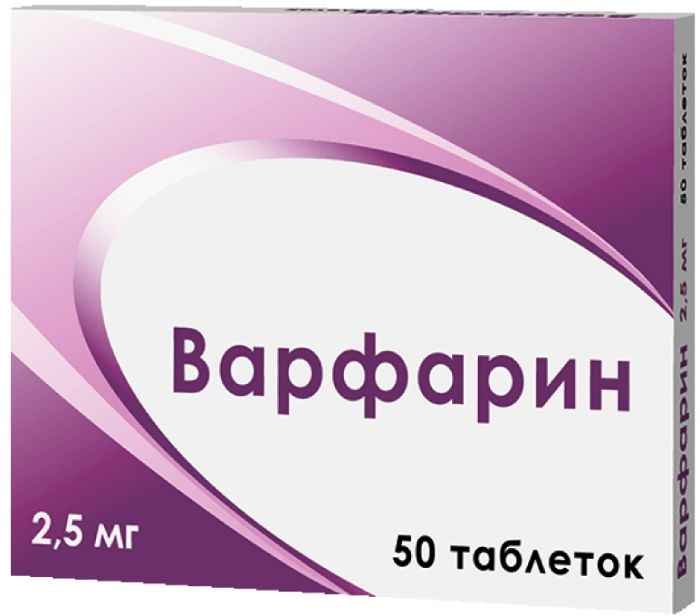
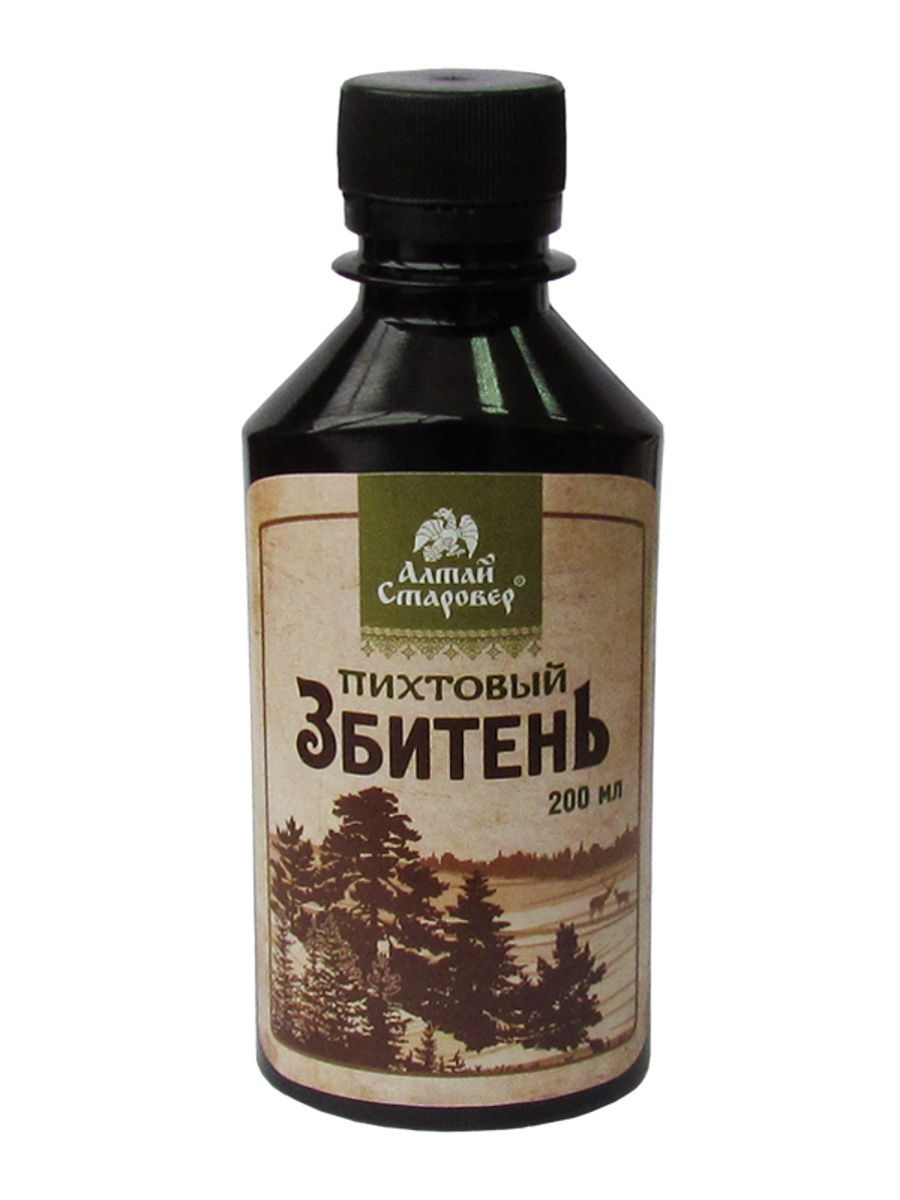
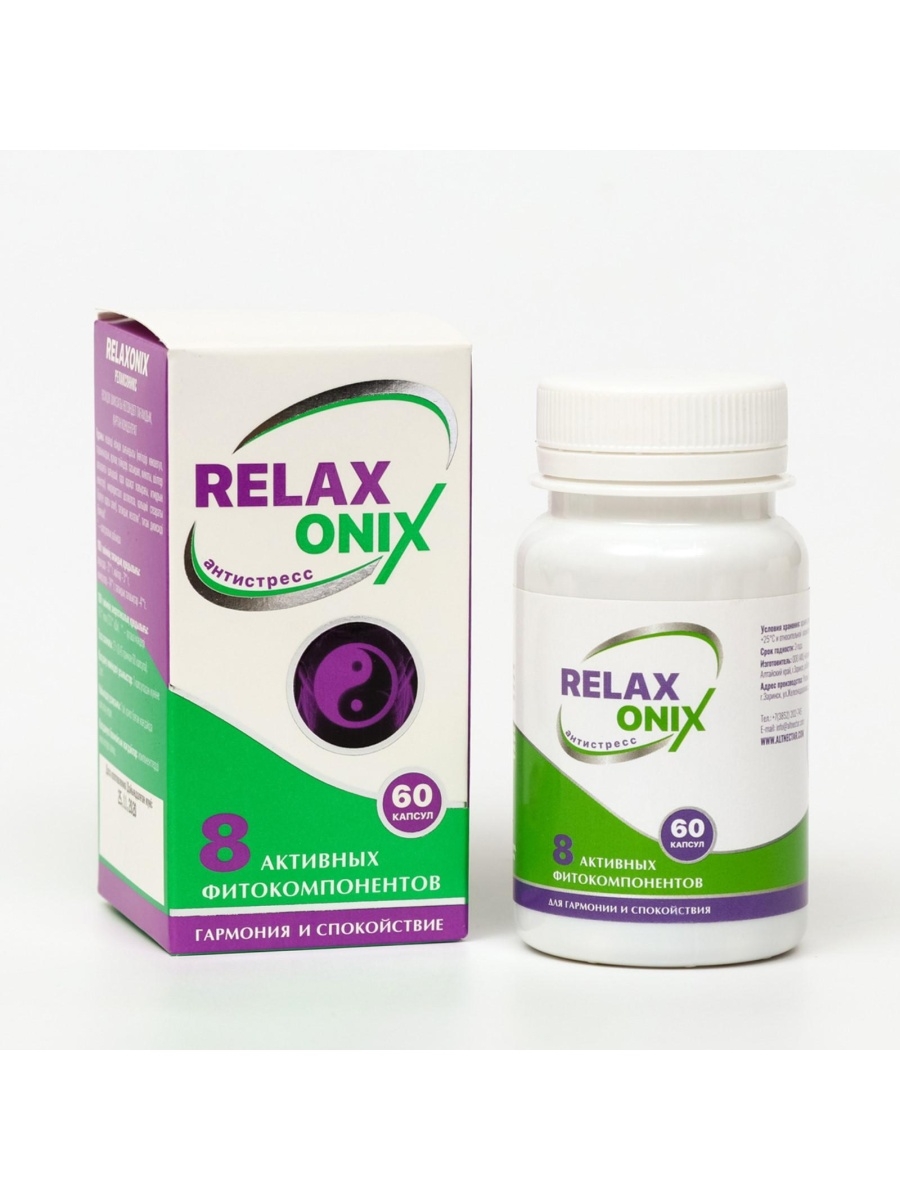

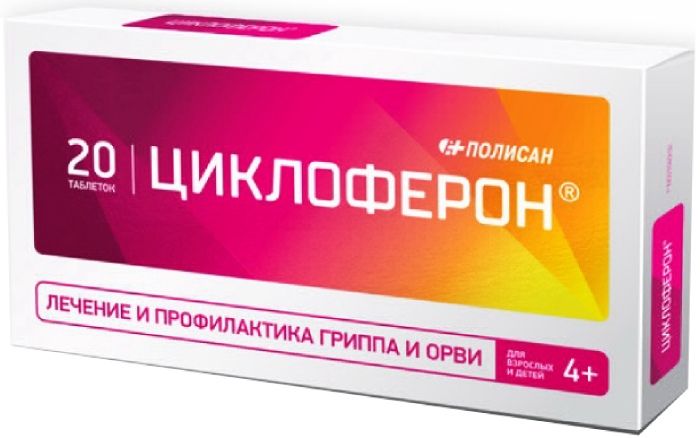
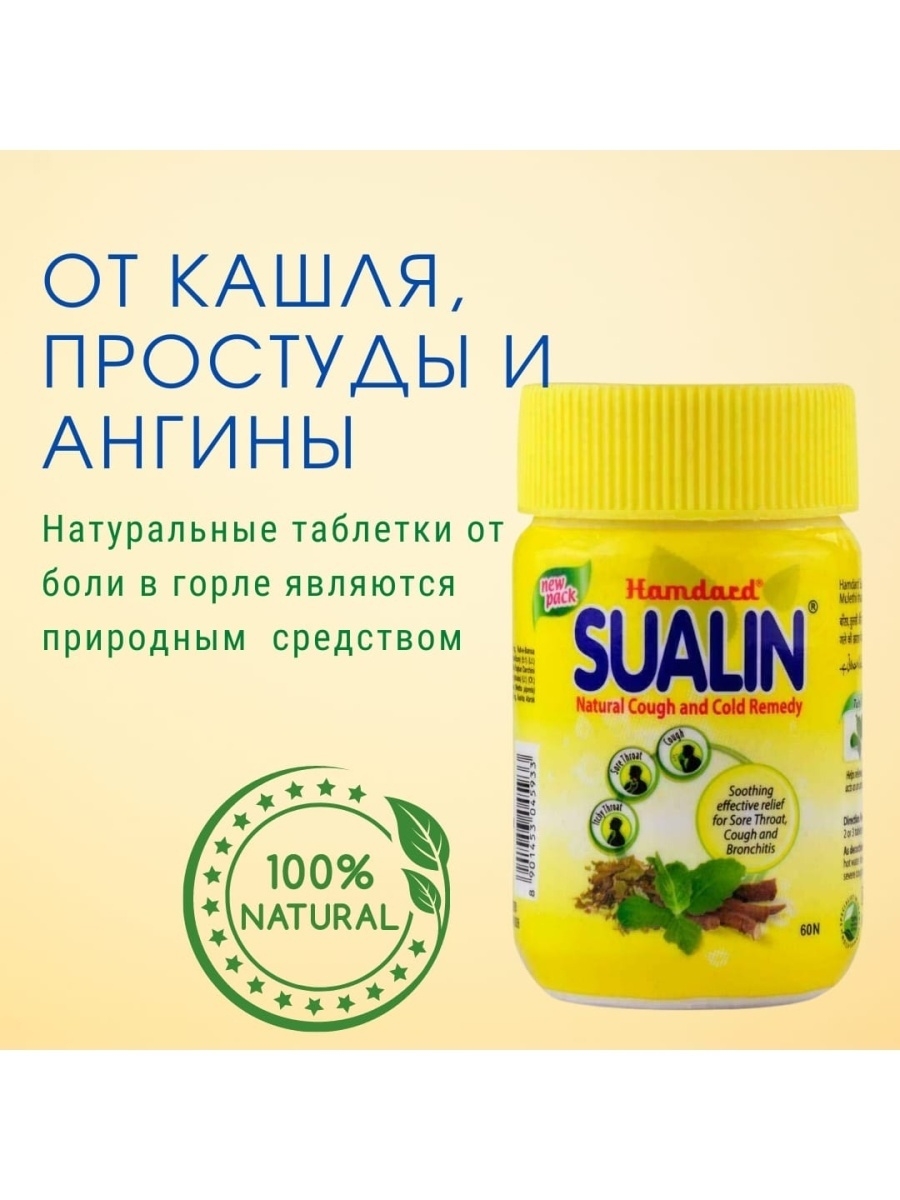
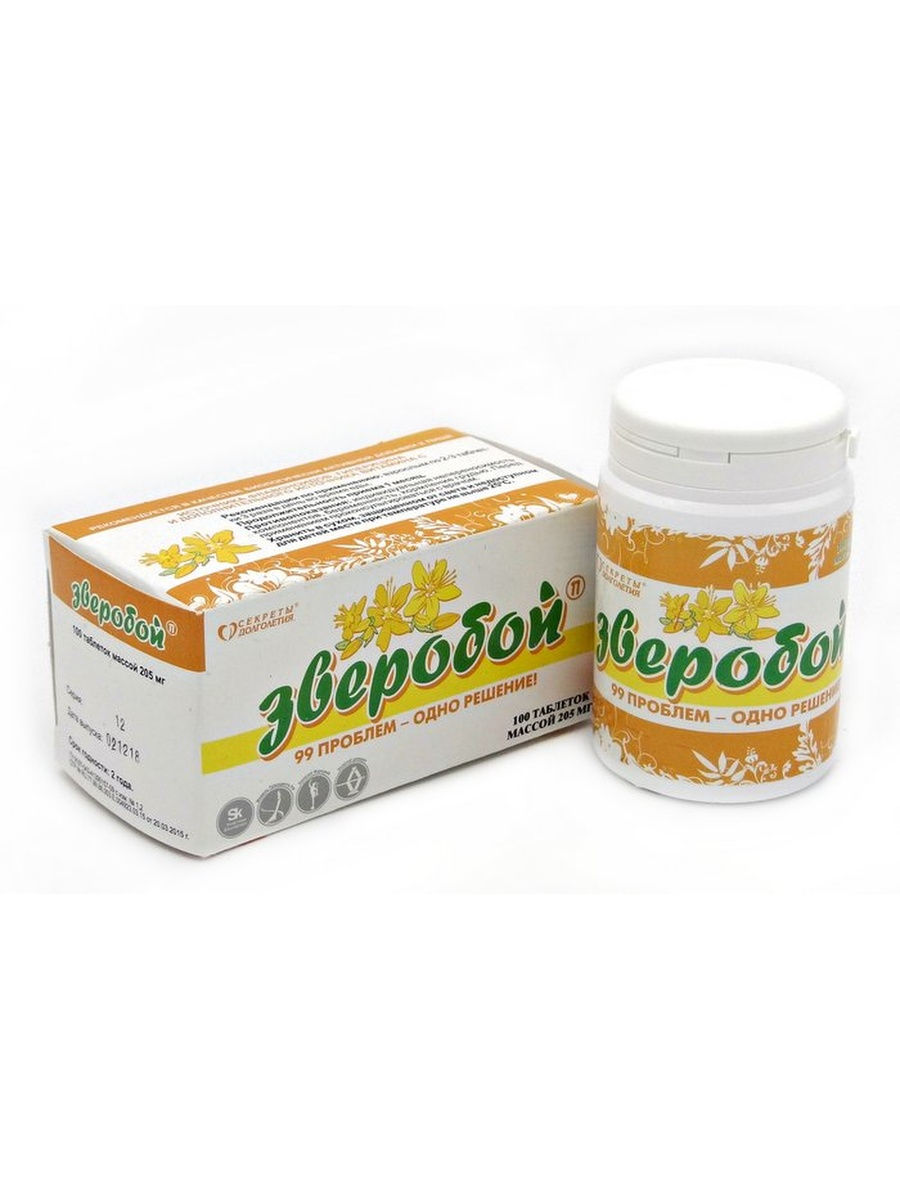




There are no reviews yet.